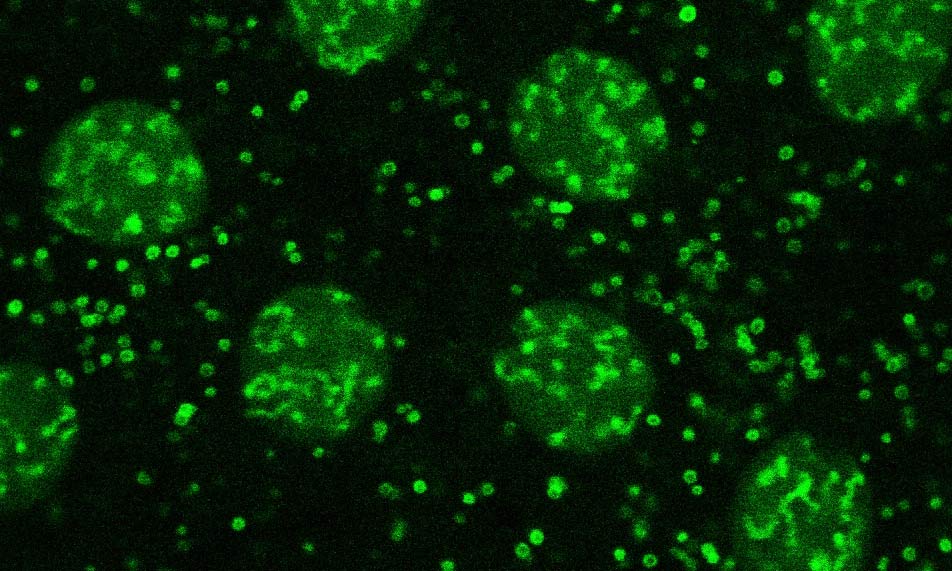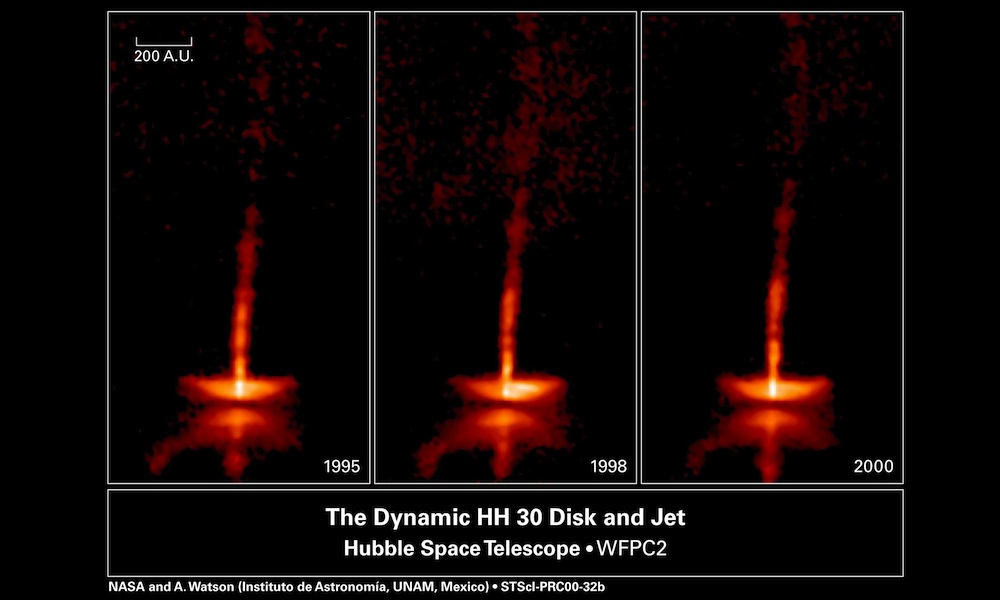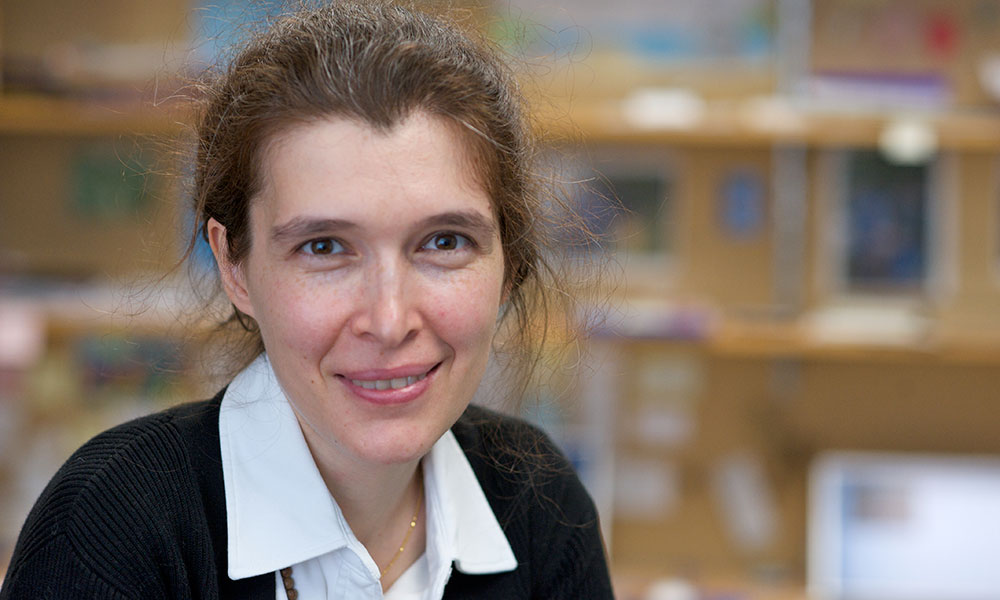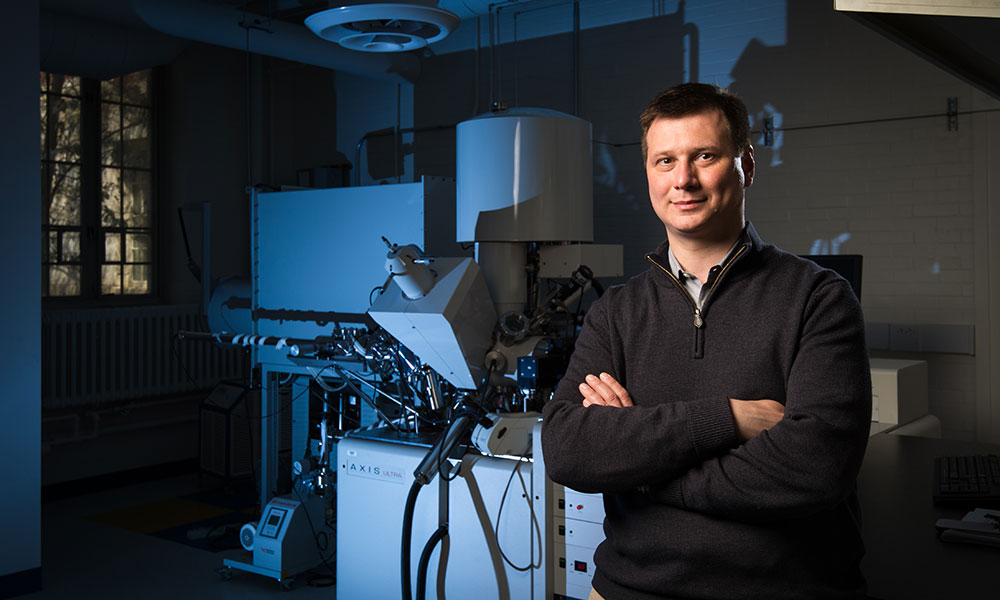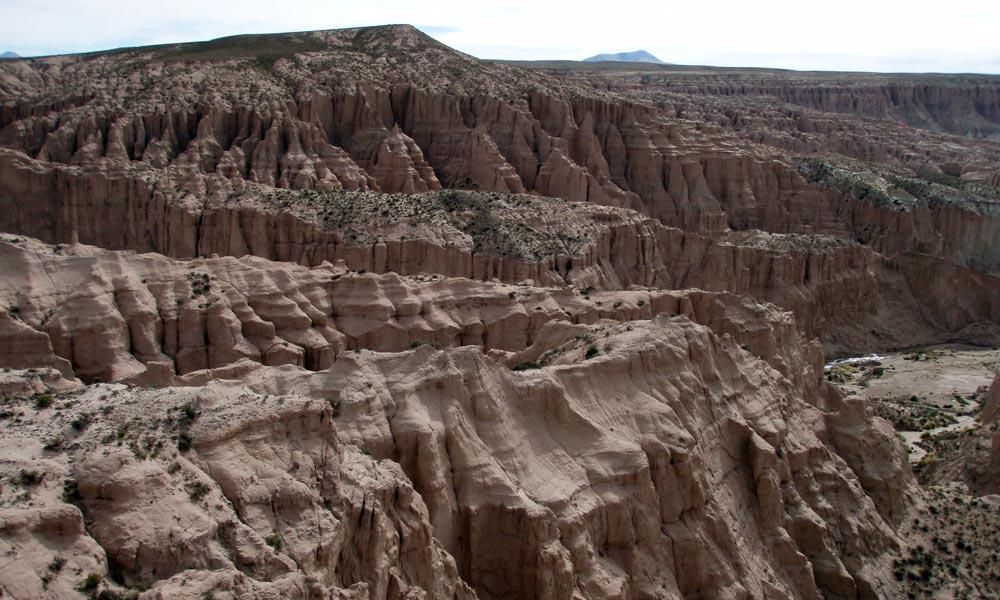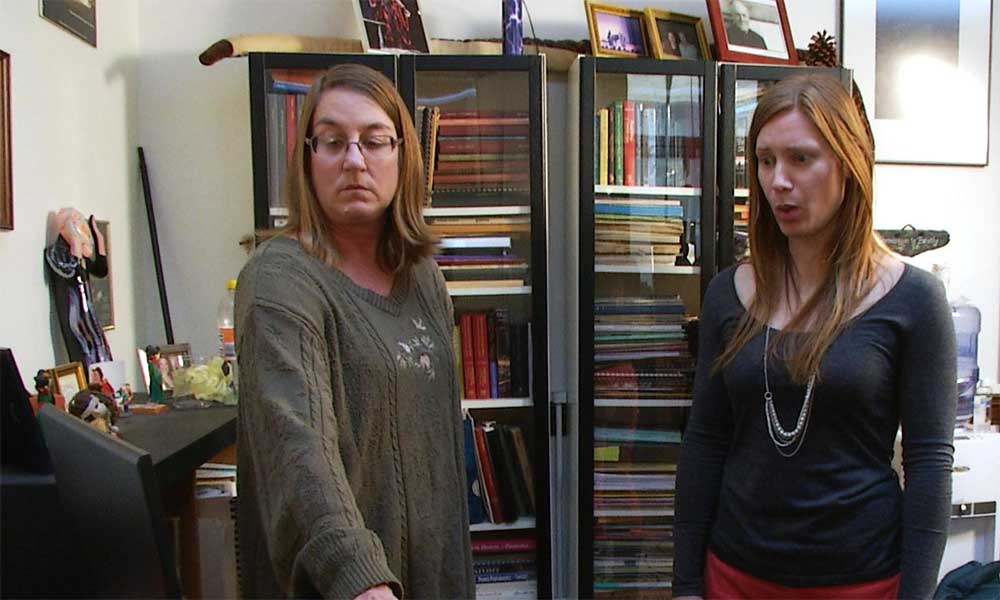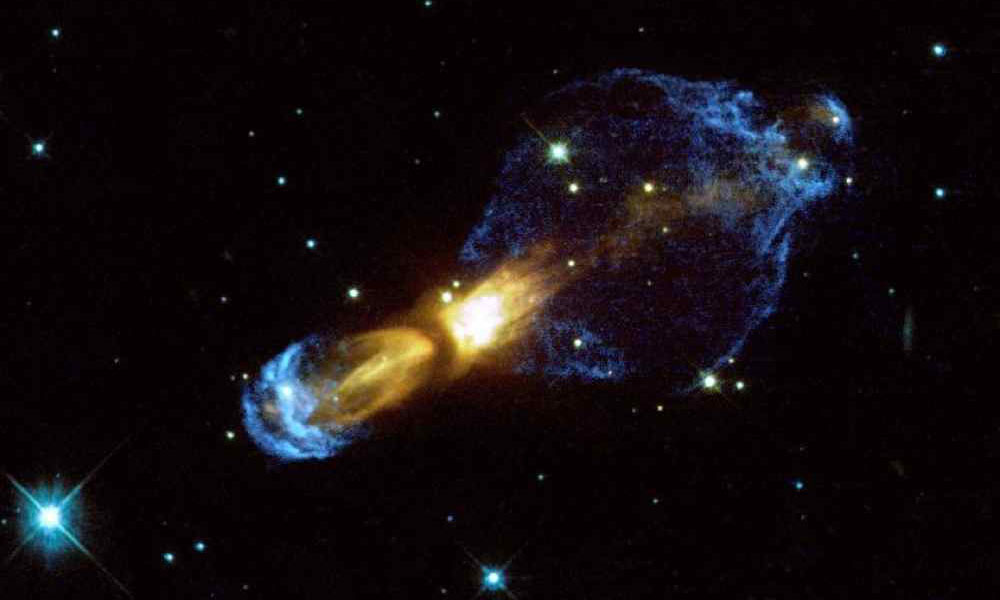
Science & Technology
Trapping light: a long lifetime in a very small place
June 16, 2014
Physicists have created a silicon nanocavity that allows light to be trapped 10 times longer than in other similarly-sized optical cavities. Nanocavities are key components of nanophotonics circuits.

